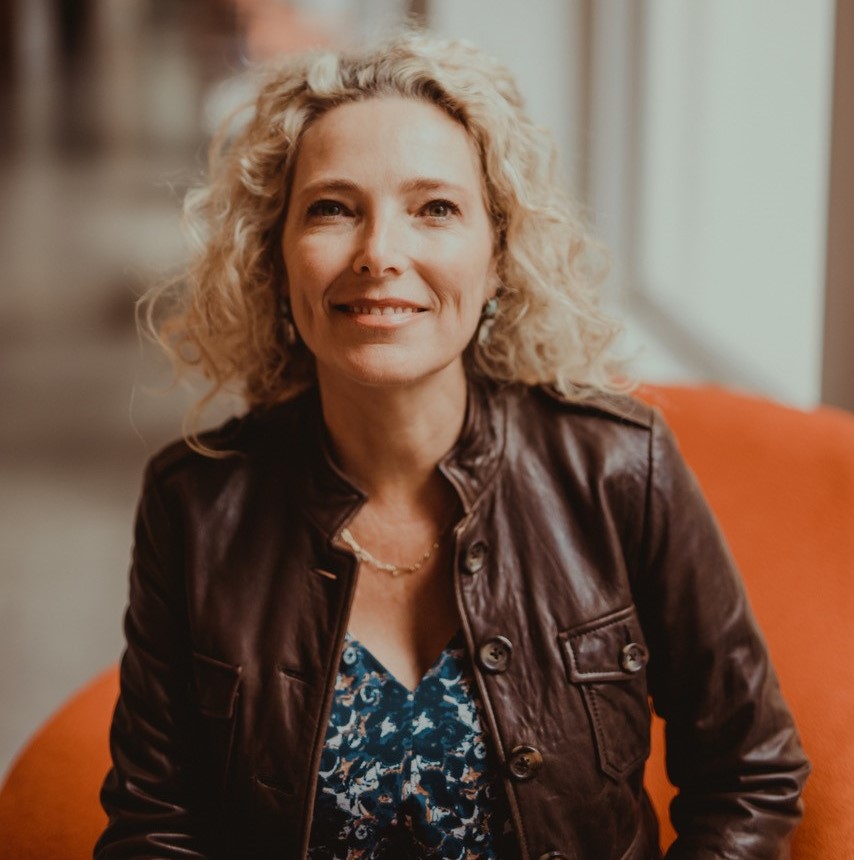Clear and reasonable sales expectations are crucial considerations when launching a specialty food business. Felice Thorpe, a consulting sales director with expertise in the food and beverage industry, will provide information on everything a brand needs to know to get ready to sell.
During the SFA Maker Prep webinar, this Thursday, December 15, at 1 p.m. EST, she will walk through how to set goals through SWOT analysis and KPI’s, build a sales funnel, understand sales channels, and more. Register now.
SFA News Daily recently spoke with Thorpe.
What is the most important consideration when setting sales goals for a specialty food business?
Sales goal setting is a sum of these parts:
1. Demand (market potential)—do you have the market demand to meet these goals?
2. Production—do you have the production and operations capability to meet these goals?
3. Procurement—are you able to procure all necessary ingredients and materials to make this product?
4. Cash Flow—do you have enough money to make all of this happen?
5. People power—do you have enough labor to make this a smooth and efficient process? And what is the minimum viable number of sales you need to stay in business and be profitable?
Do you feel there is any sales channel where specialty foods are more likely to find success?
DTC and ecommerce wholesale marketplaces are becoming sales channels to drive trial and gifting for specialty foods. They lends themselves to product and category education with the opportunity to share beautiful photos and short videos.
The digital format needs to have exceptional short-form storytelling and works well with limited-time-offer products to drive a sense of excitement and immediate purchasing. I recommend working with a great marketer and/or copywriter to help write your story and product pitch in a short form. These can also be research channels, so ideally your products will also be available in regional independent retailers so customers will recognize them and purchase them off the shelf.
What is the biggest mistake you see emerging food brands make?
Most emerging brands are so excited to be launching a product, their early “door count” goals are too ambitious. I recommend a two to three-year goal of “a mile deep and an inch wide.” By strategically choosing account locations that are geographically easily accessible to you, and a receptive audience of target buyers and consumers, you should manage your market entry like a “pilot” program or a “proof of concept.” It is important that your first account locations are nearby because you will have to check on stores weekly for customer service needs and merchandising, so you are not discontinued.
If your goal is national expansion too soon, and you don’t have representation to physically check on these accounts, you could be in the danger zone of bad customer service. An example of a good emerging food brand key performance indicator for Y1 or Y2 would be an increase in velocity at a store location, not a significant increase in door count.
When crafting a brand story, what aspects of their business should a specialty food maker examine?
Put down on paper your mission, vision, and values; your brand story will organically come out of that.
Your mission could be what you love to do and what you are good at doing. Your vision could be what the world needs right now and in the future. Your values are your non-negotiables and what problem you are trying to solve by offering your product.
You should have two versions of your brand story: a short version, and a longer version. The short version will be what you communicate most of the time (at trade shows, on presentation decks, and at industry events), and your longer version should be reserved for in-depth introductions or media opportunities.
What would you like attendees to leave your session understanding better?
By strategically focusing your time, money, and energy in the right direction when you are launching a brand or a new product, you will be more successful in the long run. We have 332 million people in the U.S. With all those millions of people, I am sure there is a consumer for your product somewhere. Abraham Lincoln said something like, “If I only had an hour to chop down a tree, I would spend the first 45 minutes sharpening my axe.” Hopefully, my sales presentation will help business owners sharpen their axe so they will not only grow their companies but be profitable and thrive.
Related: SFA Podcast: Bringing Fonio to the World Stage With Pierre Thiam, Yolélé; Succession Planning Advice: What to Avoid

